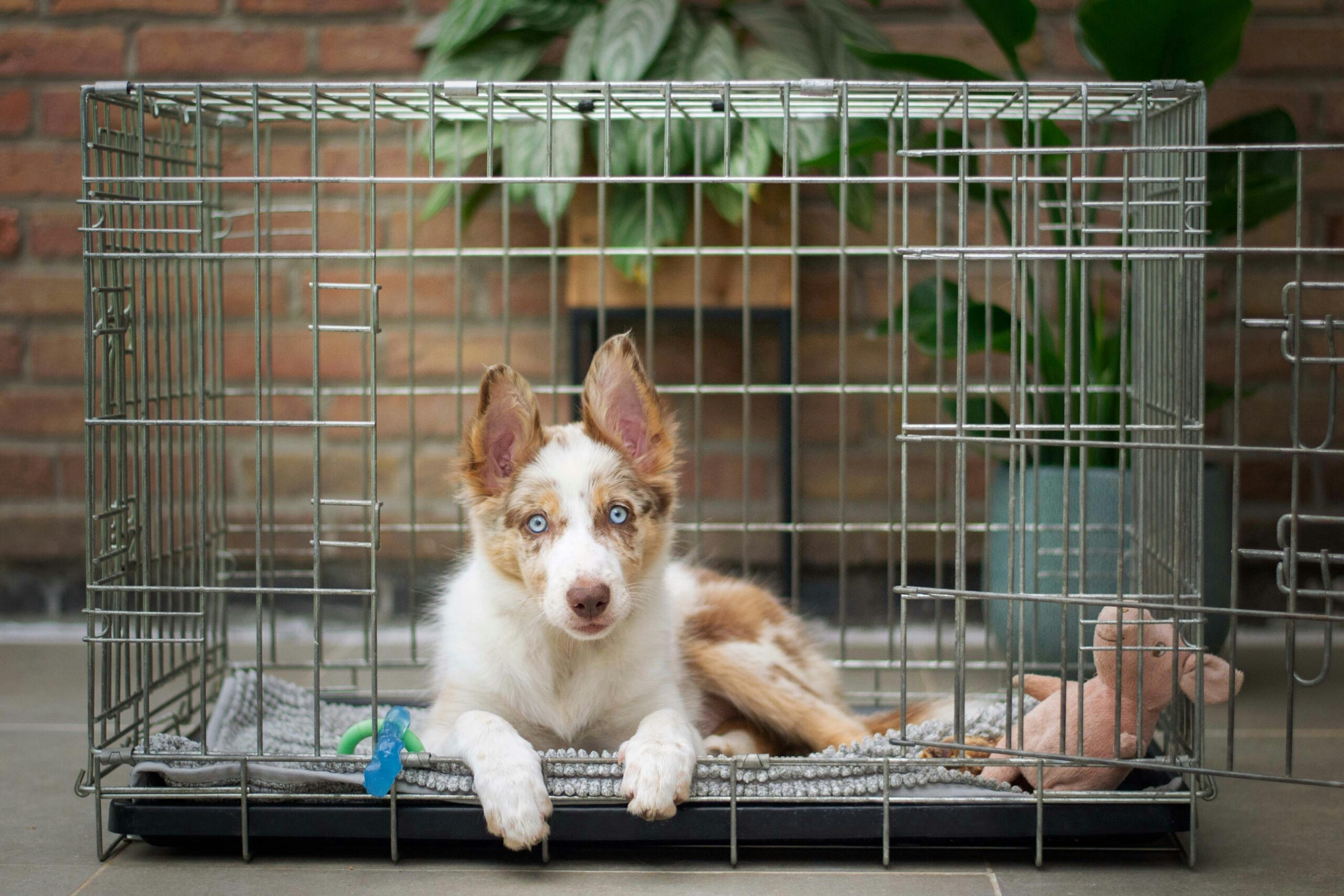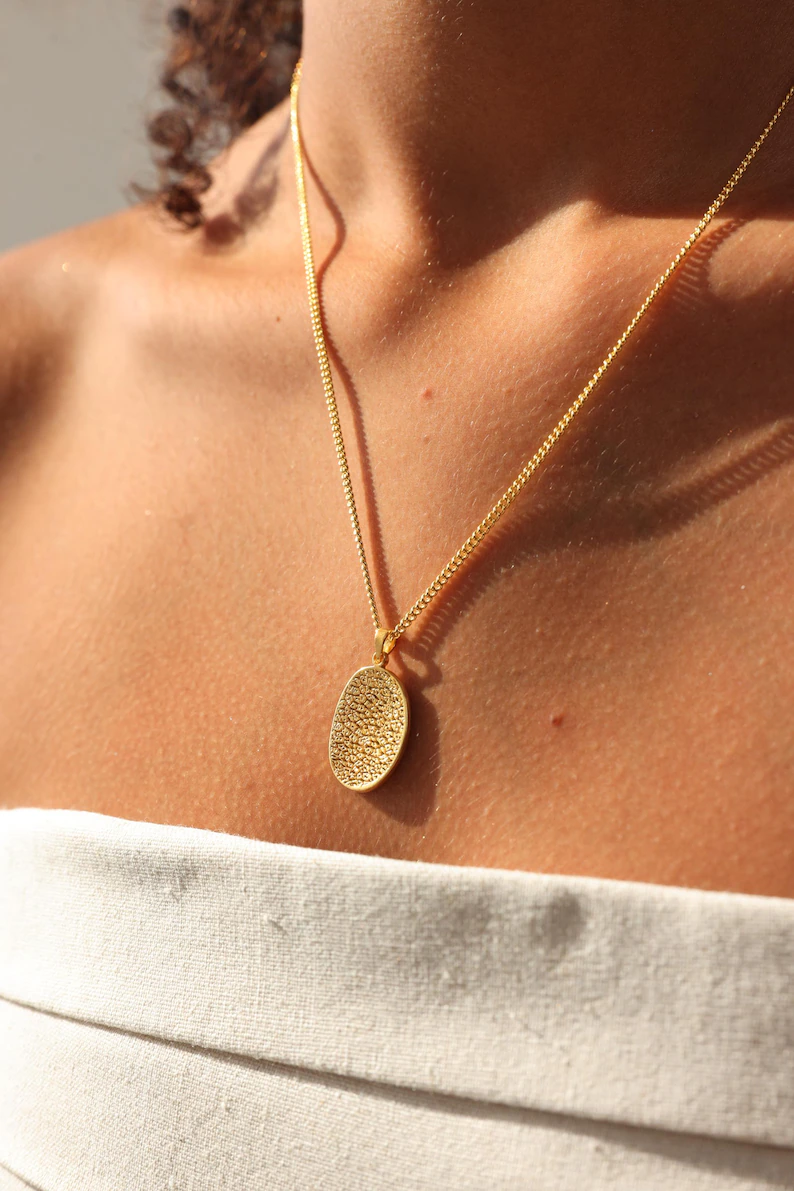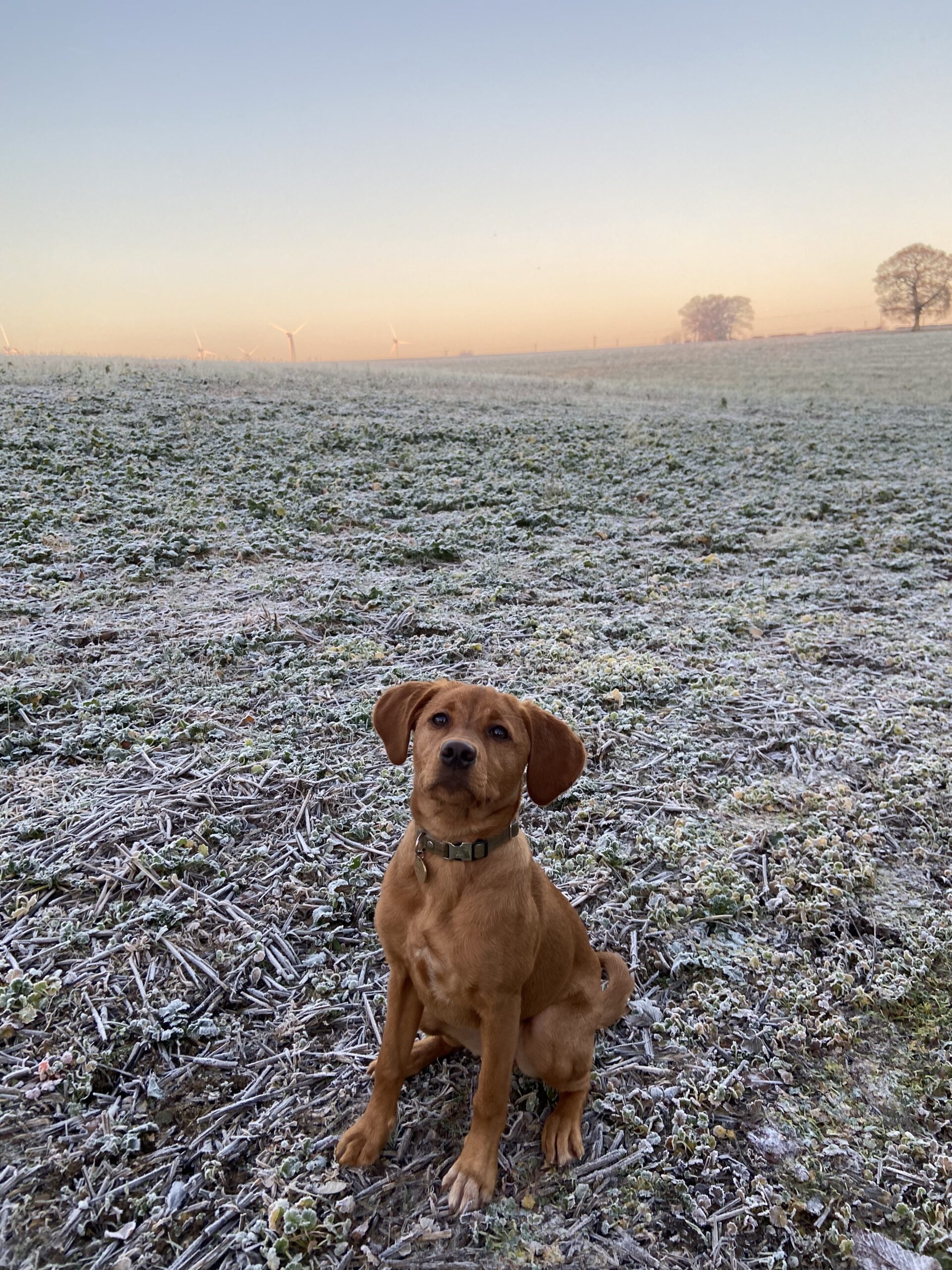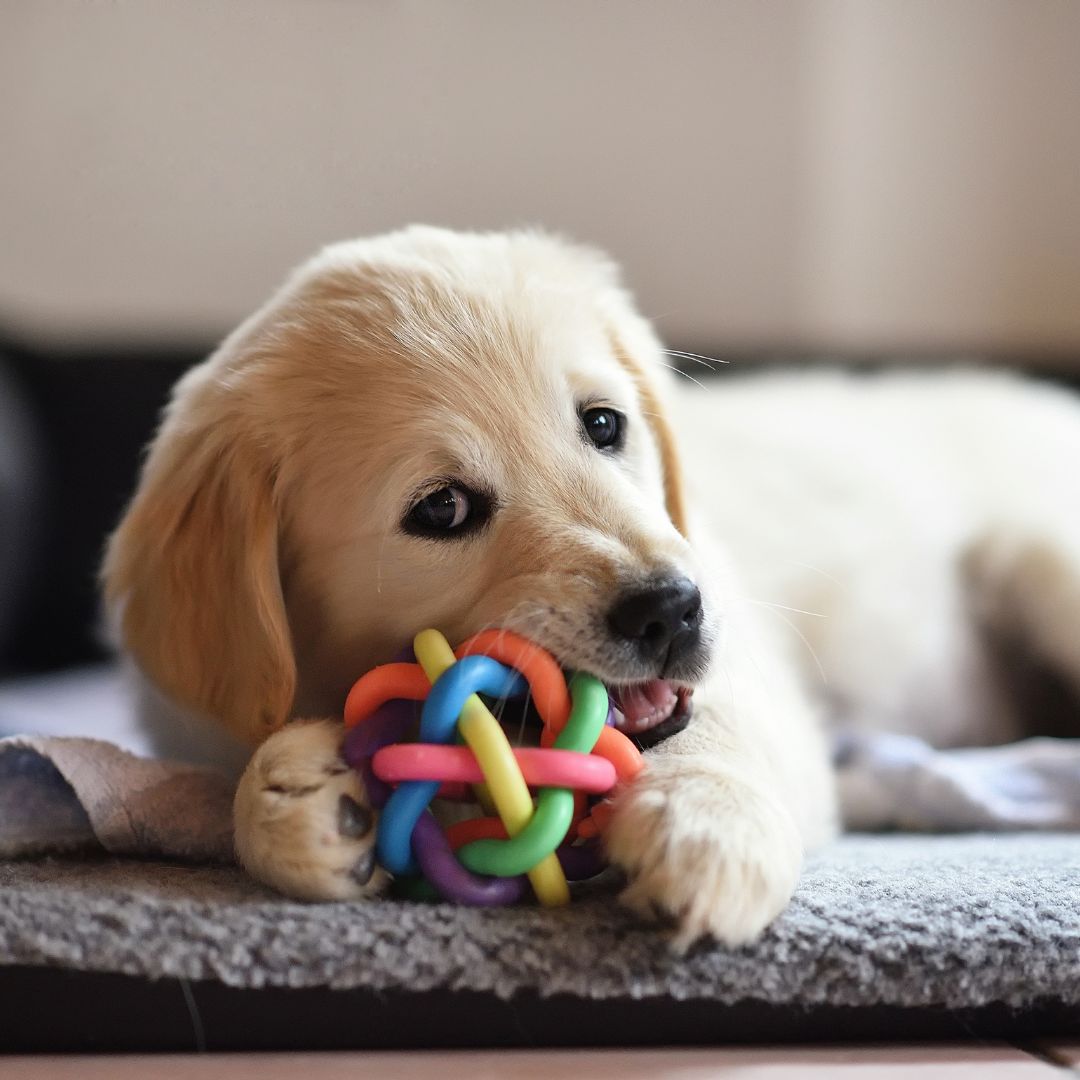Crate training a puppy might just be the number one recommendation I would give to any new dog owners, having just raised a puppy myself. This guide will cover everything you need to know about crate training a puppy, including tips and techniques to ensure a smooth process. By following these steps, you can help your puppy adjust to their crate and enjoy a peaceful night’s sleep.
This blog post contains affiliate links. This means as an Amazon Associate, I earn commission from qualifying purchases at no extra cost to you.

Photo by Ayla Verschueren on Unsplash
Why Crate Training a Puppy is Important
Crate training a puppy has numerous benefits. A crate can serve as a comforting den for your puppy, offering them a sense of security. It provides your puppy with a space to call their own, and can help with settling, sleeping through the night, and house training. A crate trained puppy can also become more adaptable and less anxious when travelling. We take the crate whenever we’re going on nights away, whether that be to hotels or to stay with family. The crate provides the same smells, and comforts, and routines to being at home for the puppy.
Additionally the crate provides a safe environment when you’re not around, and can prevent destructive behaviour. This gives you peace of mind whenever you leave your puppy alone. Don’t get me wrong, your puppy can chew up their bed within the crate. However, you can be sure they aren’t causing costly damage to your home. It also prevents needless accidents while you aren’t home, keeping your puppy safe. As a new puppy owner I saw too many horror stories online about dogs that suffocate from getting stuck in the bin, or getting their collar caught on furniture.
Getting Started with Crate Training a Puppy
1. Choosing the Right Crate
Select a crate that is appropriately sized for your puppy. They should have enough space to stand, turn around, and lie down comfortably. A crate that is too large can make your puppy feel insecure, while one that is too small will be uncomfortable. It’s a good idea to get a crate big enough for some growing room.
I got a crate for £15 on facebook marketplace, and it was easy to clean and almost like new. Don’t be afraid to go second hand to save some money, all these puppy essentials very quickly add up!
Amazon sell very well priced dog crates as part of their Amazon Basics range, you can check them out here. They come in 6 different sizes, and over 19,000 positive reviews.
2. Introducing the Crate
Introduce your puppy to their crate gradually. Place it in a central area of your home where they can see and interact with you and the crate. Encourage them to explore the crate by placing treats and toys inside. Allow them to enter and exit freely without closing the door initially.
3. Creating a Positive Association
You want to make the crate seem like the most fun place in your home! Make the crate a positive place for your puppy by using treats, praise, and toys to create a positive association. Feed your puppy their meals near the crate or even inside it to reinforce the idea that the crate is a safe and enjoyable space. You can play games by throwing treats into the crate for your puppy to sniff out. I fed my puppy all her meals in her crate from the day she came home.

Crate Training Techniques
1. Establishing a Routine
Puppies thrive on routine. Establish a consistent schedule for feeding, playtime, and potty breaks. Incorporate crate time into this routine, gradually increasing the duration they spend inside. For example, start putting your puppy in their crate for 5 minutes every time you need to go to the bathroom. If you work from home like me, here is a guide to a daily puppy routine.
Your crate isn’t just for night time, you should encourage your puppy to take naps in there as well. Did you know a young puppy should be asleep for 18 hours of the day? Many puppies don’t have an ‘off switch’ so having a crate is helpful for what I like to call an ‘enforced nap.’ It helps your puppy learn when you expect them to calm down and nap.
2. Using a Crate Cover
Covering the crate with a blanket or a crate cover can create a den-like atmosphere, helping your puppy feel more secure. This is especially useful at night when you’re crate training a puppy. By incorporating covering up the crate into your night time routine, your puppy will start to understand this cue for bedtime and it will help them settle down.
Here is a great crate cover from Amazon, to make your crate stylish, dark and cosy.
3. Start training settling
It’s highly likely that your puppy is going to cry and bark at you when you close the door on their crate. It’s a new experience for them, and they don’t like there to be a barrier between the two of you. What you need to do is reward your puppy by saying ‘yes’ or using a clicker, and giving them a treat whenever they stop crying. Sit by the crate and be really responsive to their small gaps in crying. Your puppy will learn that being quiet = rewards. This will take some persistence, but it works.
4. Staying Close Initially
During the first few nights, stay close to your puppy’s crate to reassure them. You can gradually move farther away as they become more comfortable with their new sleeping arrangement. Many people chose to have their dogs crate in their bedroom with them. However I chose to keep it in the kitchen, for easy garden access for toilet trips.
For the first couple of weeks of crate training, I sat by my puppy’s crate until she fell asleep. At the start, I would use treats to encourage being quiet, calm, and lying down. Same as the previous step – whenever your puppy is quiet, still, or lies down – say ‘yes’ and give them a treat to positively reinforce that behaviour. Once my puppy calmed down, I would sit next to the crate and read a book or my phone, trying to stay still and boring until she fell asleep.
Dealing with Crying in the Crate
1. Understanding the Reasons
Puppies may cry in their crate due to loneliness, boredom, frustration, or the need to go to the bathroom. It’s important to differentiate between these causes to respond appropriately. Some small ways to tell are have their food, water and toilet needs been met before you put them in the crate? If they have, it’s likely to be frustration or attention-seeking crying.
2. Ignoring Attention-Seeking Crying
While it’s tough, ignore your puppy if they are crying for attention. Going to them every time they cry can reinforce the behaviour. Instead, wait for a pause in the crying before letting them out or comforting them. It’s fine to let your puppy cry in the crate for up to ten minutes, as long as they aren’t too distressed. Before letting them out to reassure them, try doing it while the crate is still closed first. They might calm down just from having you near them. Again, start the steps to training them to settle by rewarding them when they are quiet.
3. Addressing Potty Needs
Ensure your puppy has had a chance to relieve themselves before bedtime. If they cry during the night, it may be because they need to go outside. Take them out quietly and without much fuss, then return them to the crate. The older your puppy gets, the less frequently they will cry to go out to the toilet in the night. You’re likely going to be tired for the first few weeks at least though!

Advanced Crate Training Tips
1. Using Commands
Teach your puppy commands like “crate” or “bed” to encourage them to enter the crate willingly. Reward them with treats and praise when they follow the command.
2. Consistency is Key
Consistency is crucial when crate training a puppy. Stick to the established routine and be patient. With time and persistence, your puppy will learn to love their crate. You’ll be so overjoyed the first time they voluntarily take themselves off to the crate for a nap!
Common Crate Training Mistakes to Avoid
1. Using the Crate as Punishment
Never use the crate as a form of punishment. This can create a negative association and make your puppy fearful of the crate. By using the crate as a punishment, I’m referring to shouting at the puppy and angrily putting them in the crate in a stressful and scary manner. You can use the crate for time outs if your puppy is being naughty, as it can help them to calm down.
2. Leaving the Puppy in the Crate for Too Long
Avoid leaving your puppy in the crate for extended periods. Puppies have small bladders and need regular potty breaks. Ensure they have enough time outside the crate for play and exercise.
3. Inconsistent Training
Inconsistent training can confuse your puppy and hinder their progress. Stick to the training plan and ensure all family members are on the same page.
Troubleshooting Crate Training Issues
1. Persistent Crying
If your puppy continues to cry despite following the training steps, evaluate their needs. Ensure they are not hungry, thirsty, or need to go to the bathroom. If the crying persists, consider consulting a veterinarian or a professional dog trainer. A 1-1 home session with a dog trainer can help troubleshoot why your puppy might be excessively stressed.
2. Destructive Behaviour
Destructive behaviour in the crate can indicate anxiety or boredom. Provide your puppy with safe chew toys and ensure they get enough physical and mental stimulation outside the crate. The crate should be used for naps, nighttime, and short time outs during the day. If you do need to leave your puppy in their crate for a longer stretch of time, like if you need to leave the house, ensure you give them a super energetic play session beforehand. This makes sure they are tired out ready to sleep once in the crate.
3. Refusal to Enter the Crate
If your puppy refuses to enter the crate, go back to the basics. Use treats, praise, and toys to encourage them to enter willingly. Be patient and avoid forcing them inside. Have the crate in an environment where your family usually hang out, like the lounge. Keep the crate door open, and keep encouraging play in and around the crate. This will help the puppy to feel more neutral about the crate.
Conclusion
Crate training a puppy requires patience, consistency, and a positive approach. By following these steps and avoiding common mistakes, you can help your puppy develop a positive association with their crate. Remember, crate training a puppy is a gradual process, and each puppy will progress at their own pace. With dedication and love, your puppy will soon view their crate as a safe and comforting space.
By investing time and effort into crate training a puppy, you are setting the foundation for a well-behaved and confident dog. Enjoy the journey and celebrate the small victories along the way. Happy crate training!










